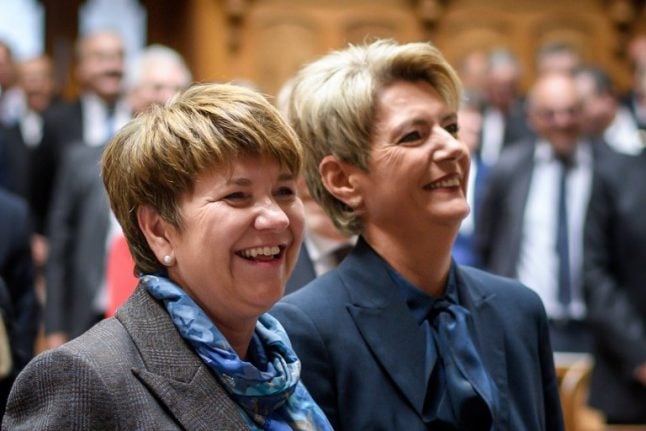.jpg)
.jpg)
A version of this article originally appeared in The Local in March 2018.
On International Women’s Day, The Local outlines a few things you may not have known about the evolution of women’s rights in Switzerland.

.jpg)
.jpg)
A version of this article originally appeared in The Local in March 2018.
Member comments